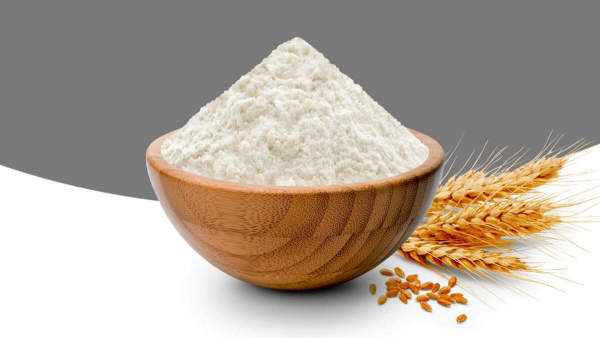
We all must have heard that eating maida is not good for health, because it sticks in the stomach. If you want to leave the flour bread and eat paratha or naan, then the same question revolves in the mind – is it true or just the matter made by people? To know the answer to this question, we spoke to a dietician who explained the truth of this myth in clear and easy words. So let's remove this confusion today and understand what maida does with our body.
Why is there so much fear about maida?
Flour means refined flour, which makes samosas, naan, pizza and how many things are made. But there is always a fear associated with it that it sticks in the stomach and spoils digestion. According to the Dietician, this is not completely true. Flour does not stick to the stomach, but due to lack of fiber in it, it is not easily digested. When we eat it more, the stomach feels heavy and this heaviness gives people a feeling of “sticking”.
What is the truth and what is the myth?
Dietician said that maida is not like a glue that sticks to the walls of the stomach. Yes, it is true that it has less nutrients and the body has to work hard to digest it. If you eat it with oil-spices, such as in puri or samosas, it becomes even more heavy. But this does not mean that it freezes in your stomach. If you eat the right quantity and keep drinking water, then there will be not much problem.
So what should we do?
Now the question is whether the food should be abandoned completely? Dietician advice that balance is the real key. Eating maida everyday is not good for health, but sometimes there is no harm in enjoying the food of your choice. To make it healthy, eat it mixed with vegetables or prefer whole grains. Light walks after eating can also keep digestion well.